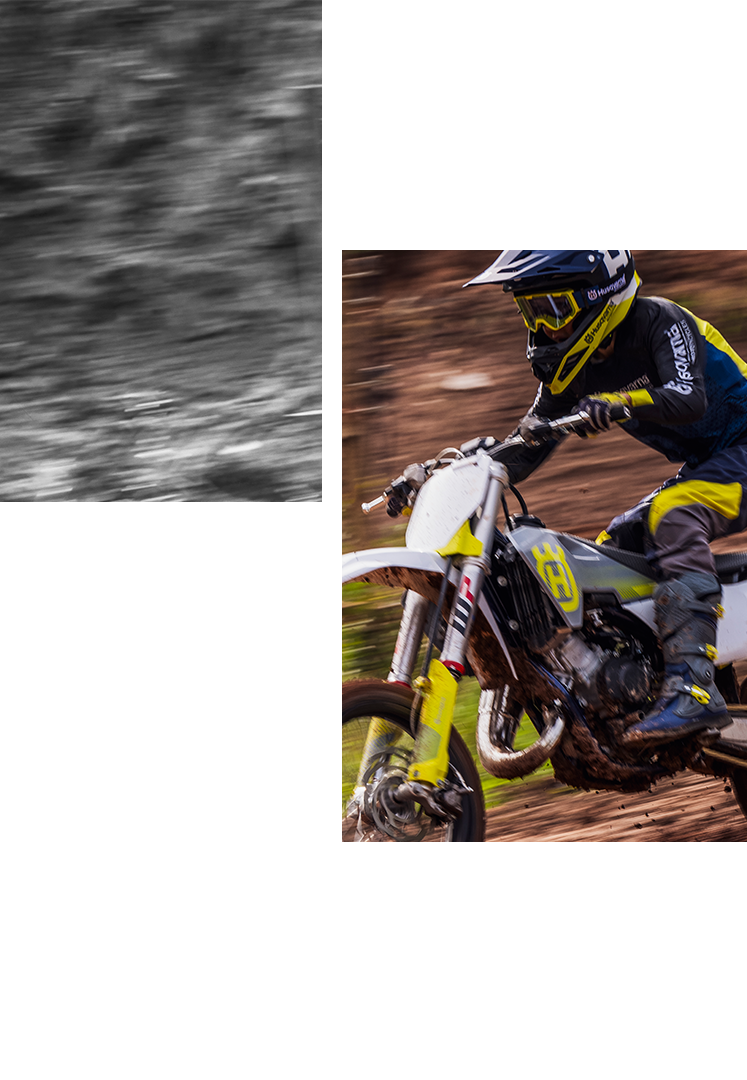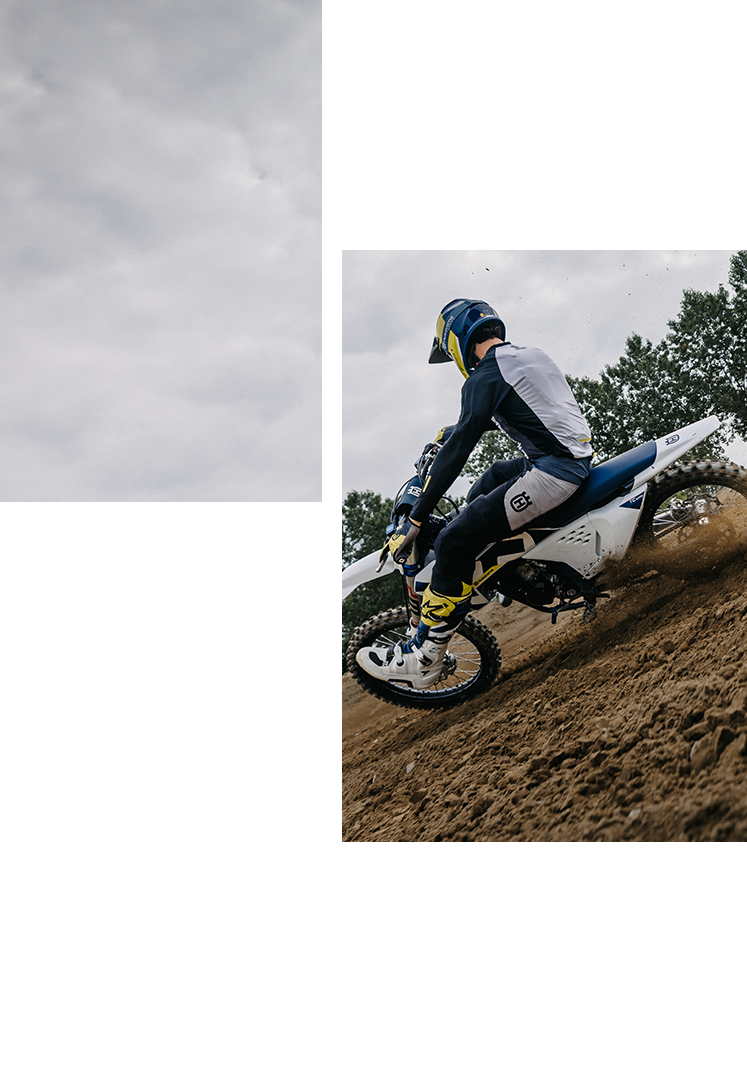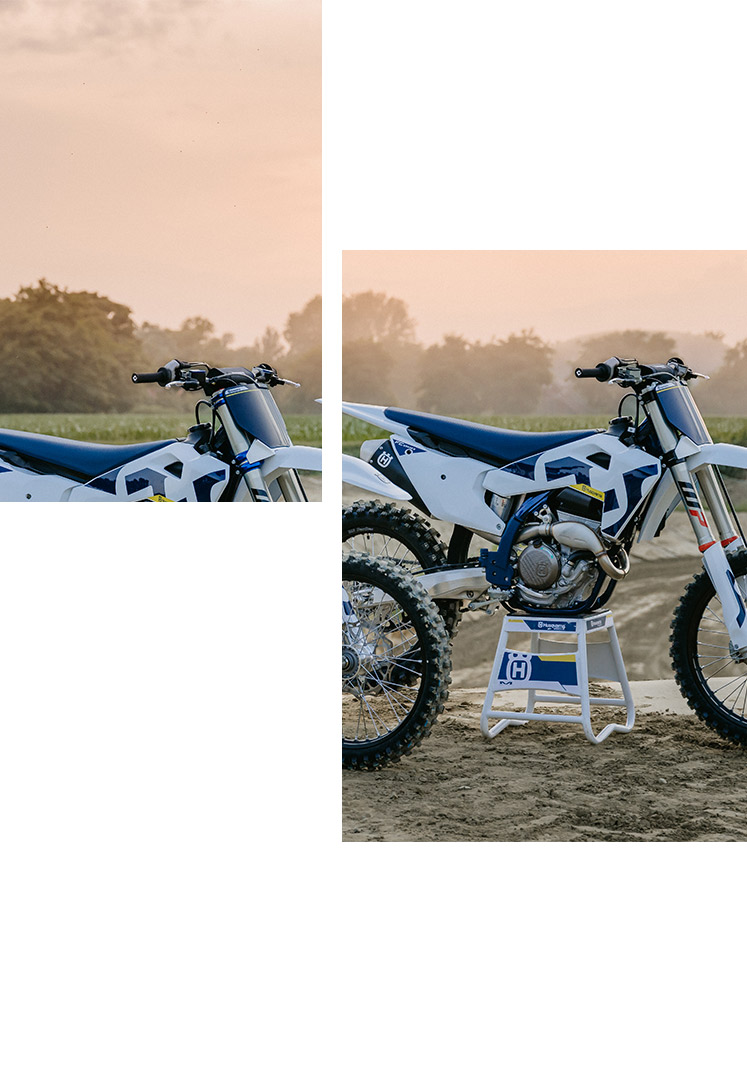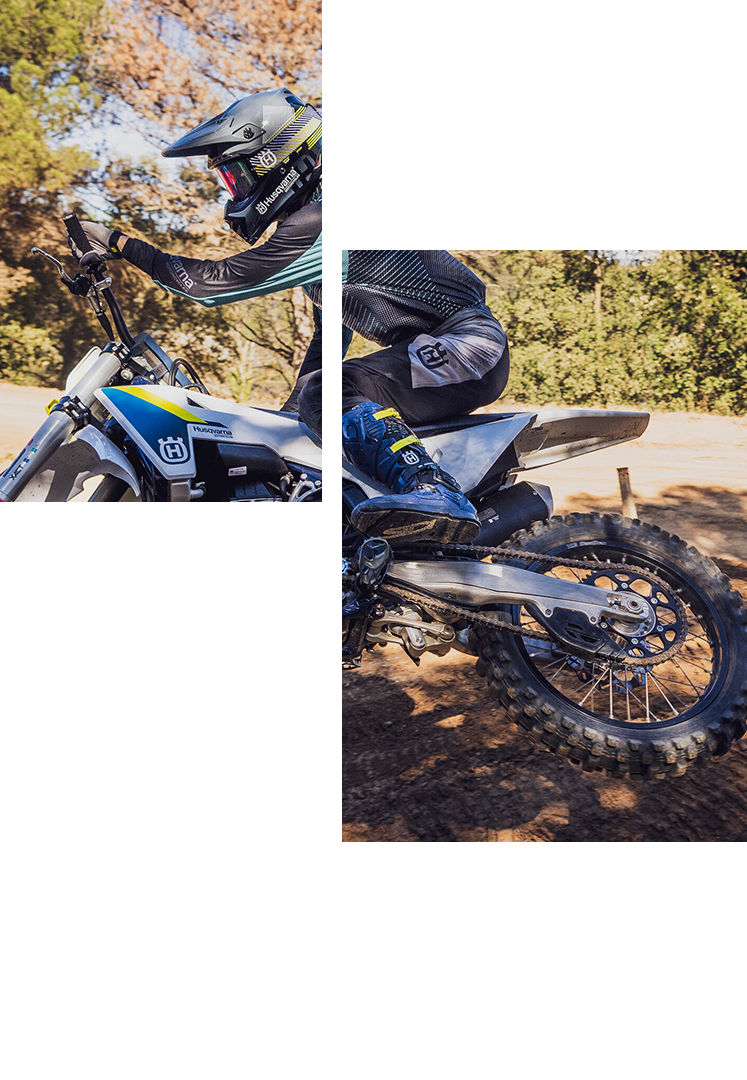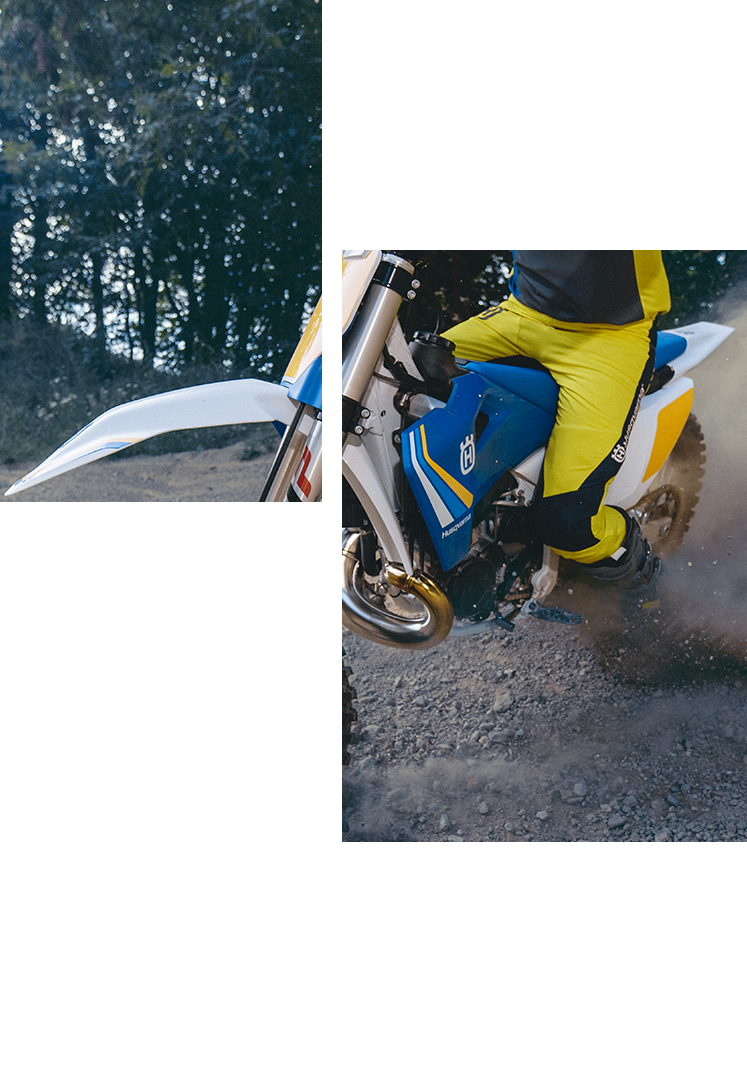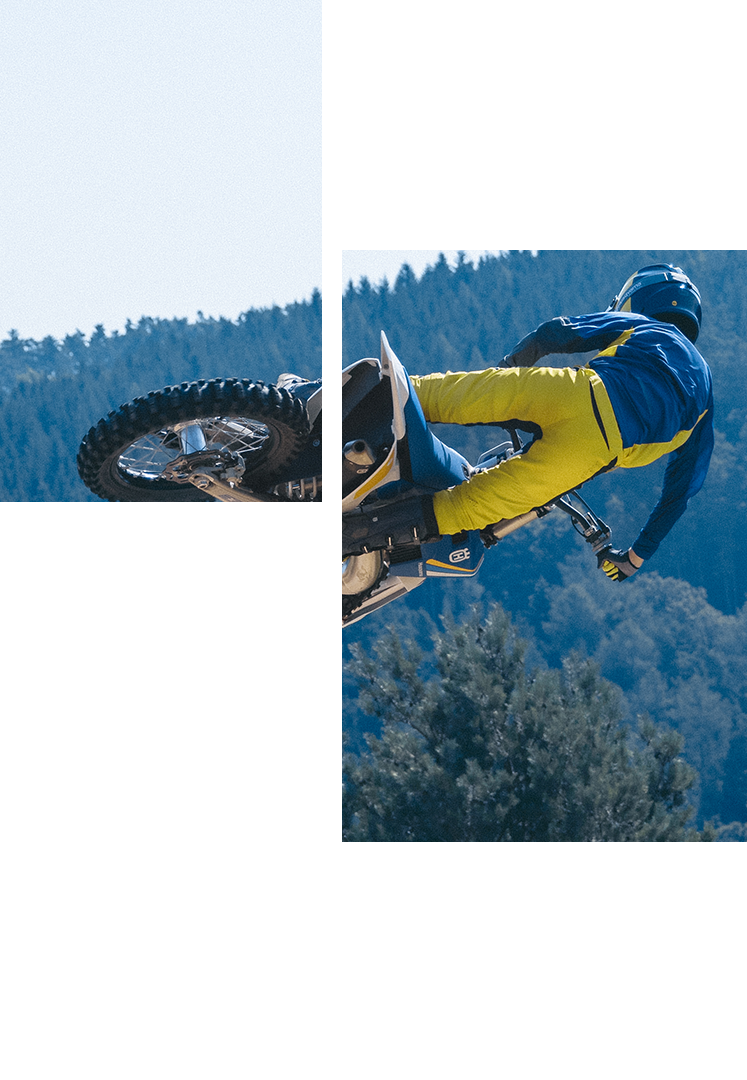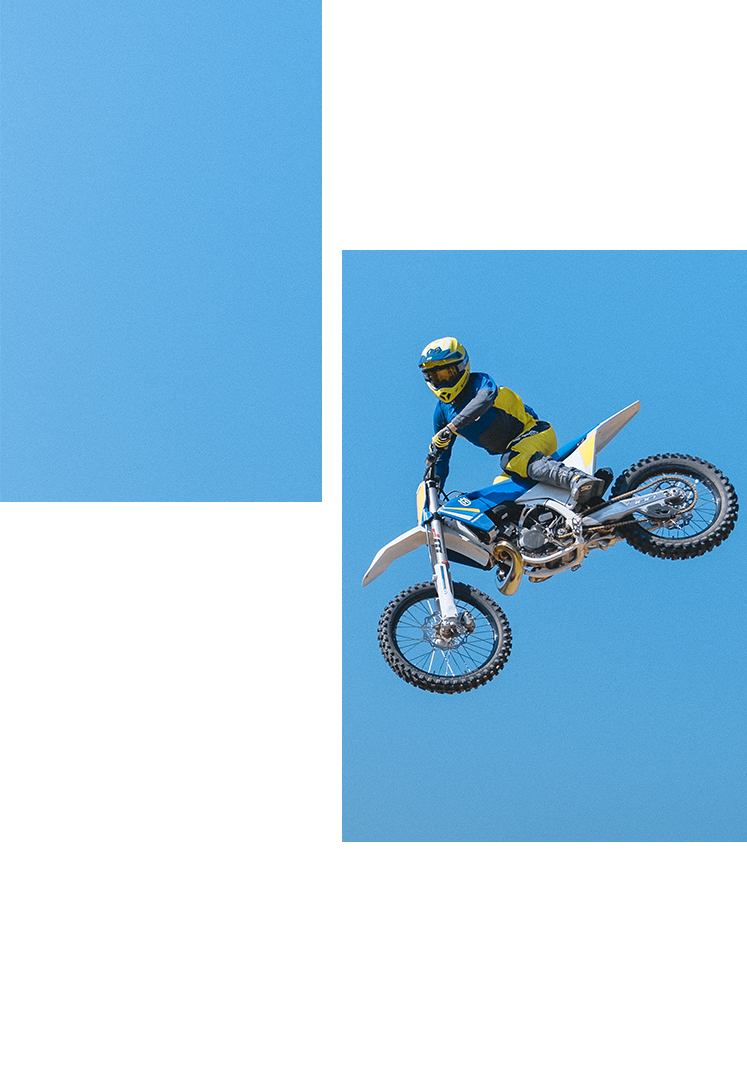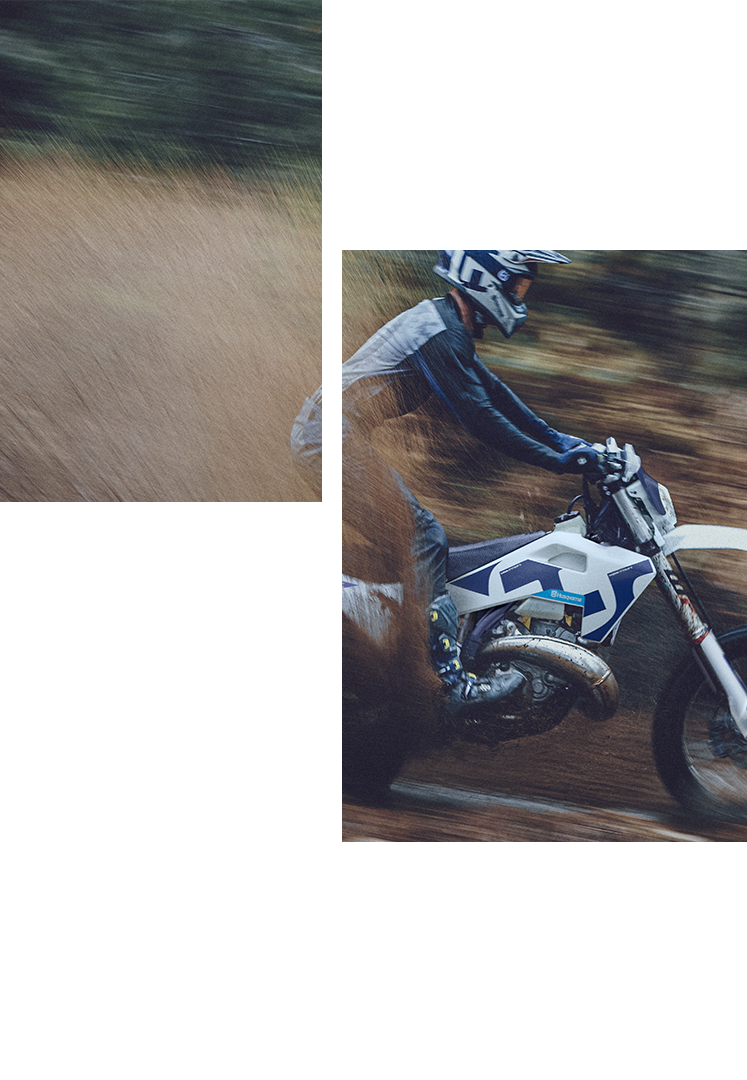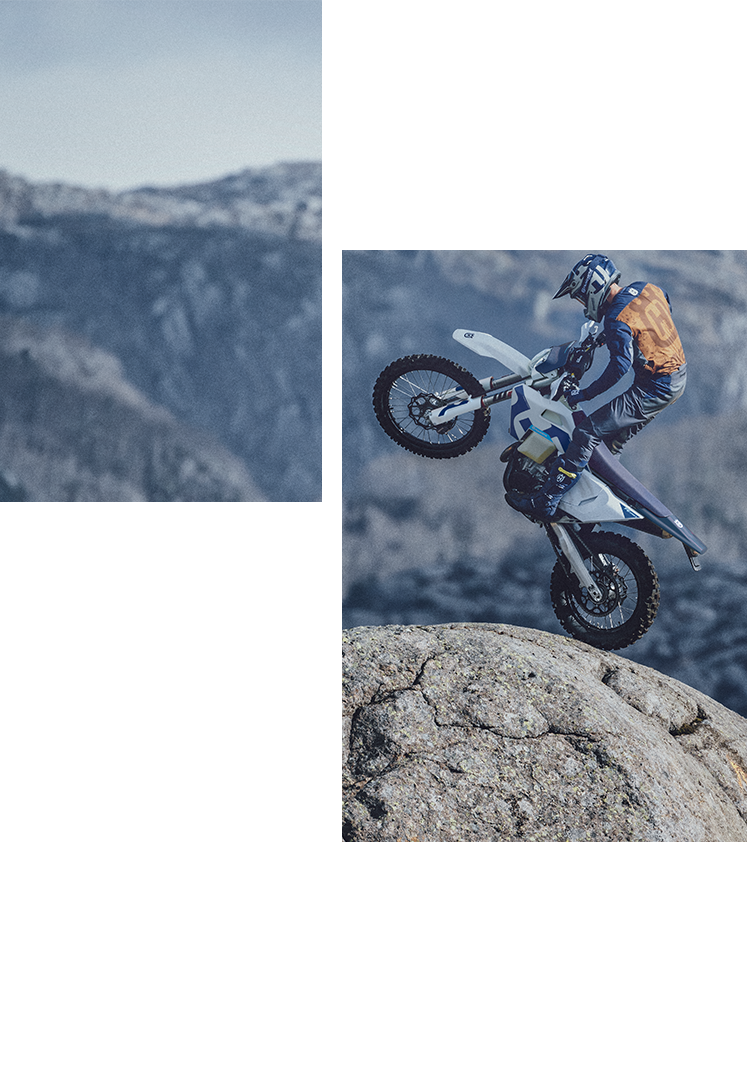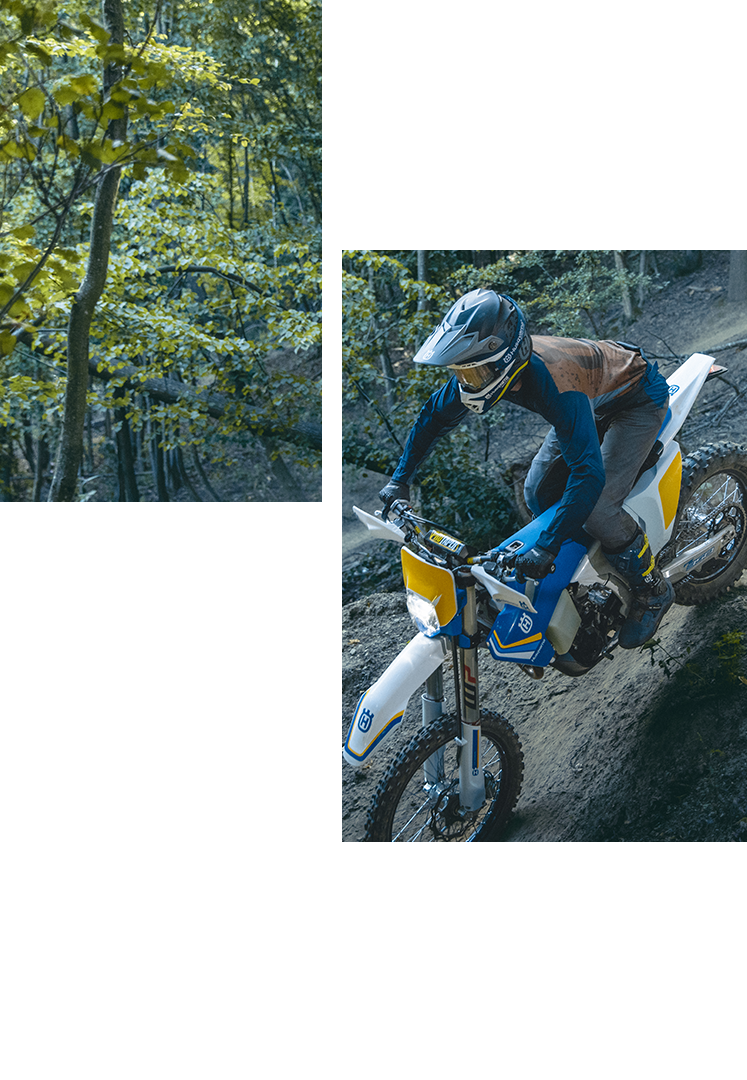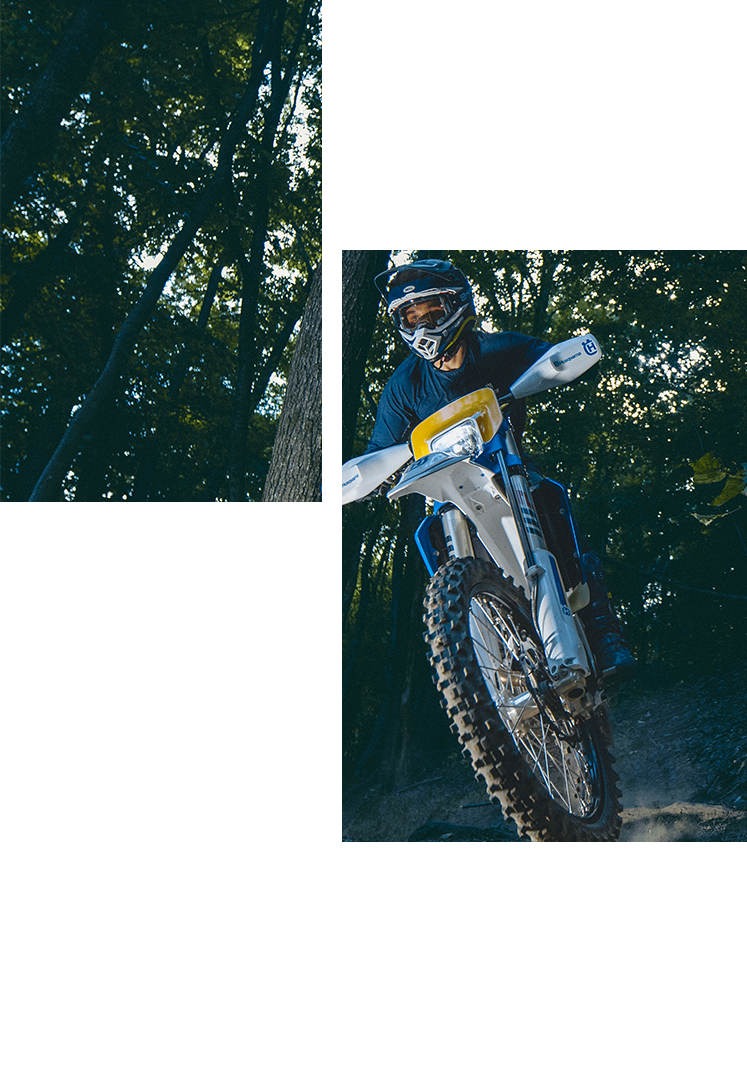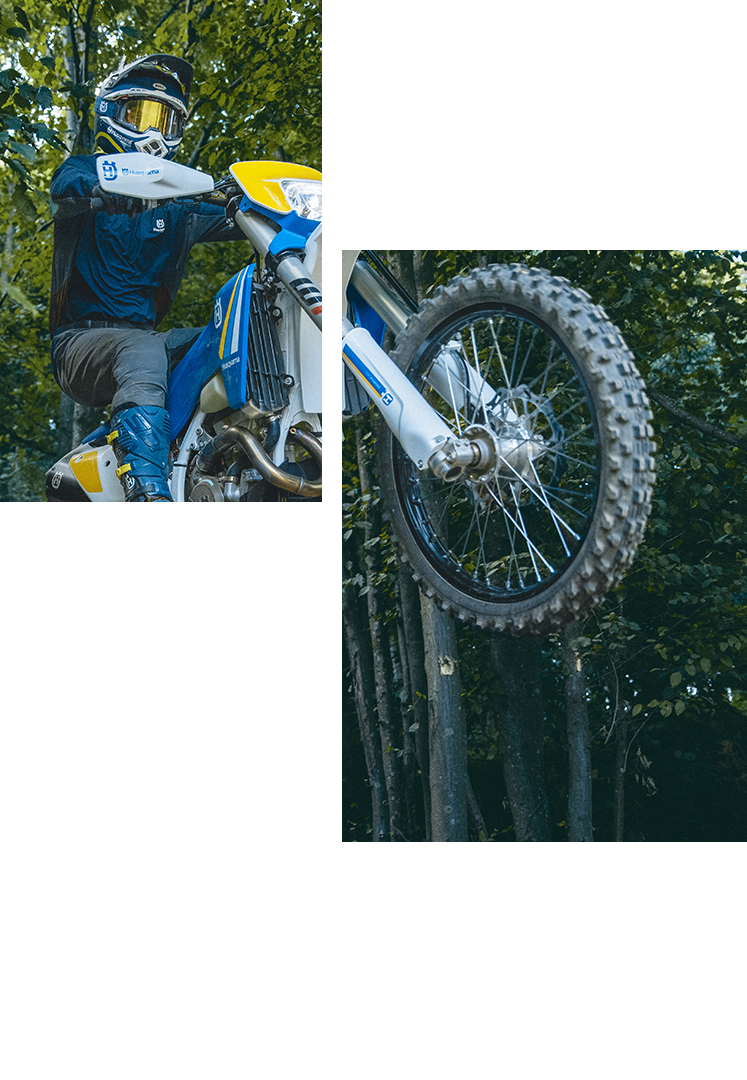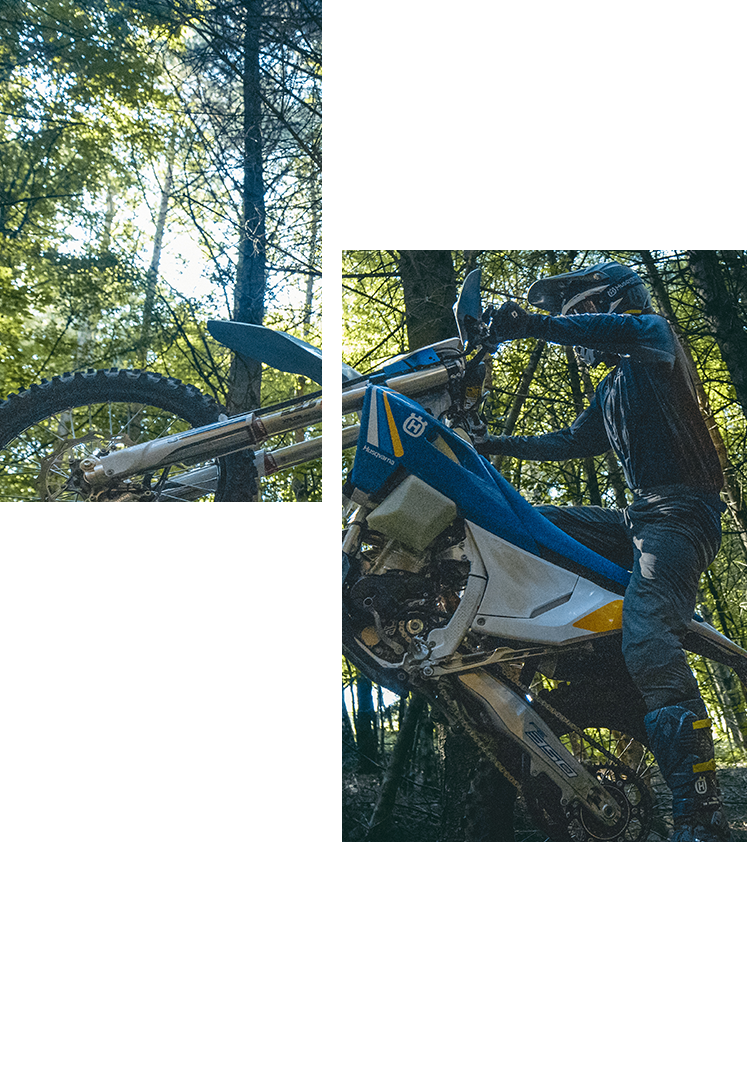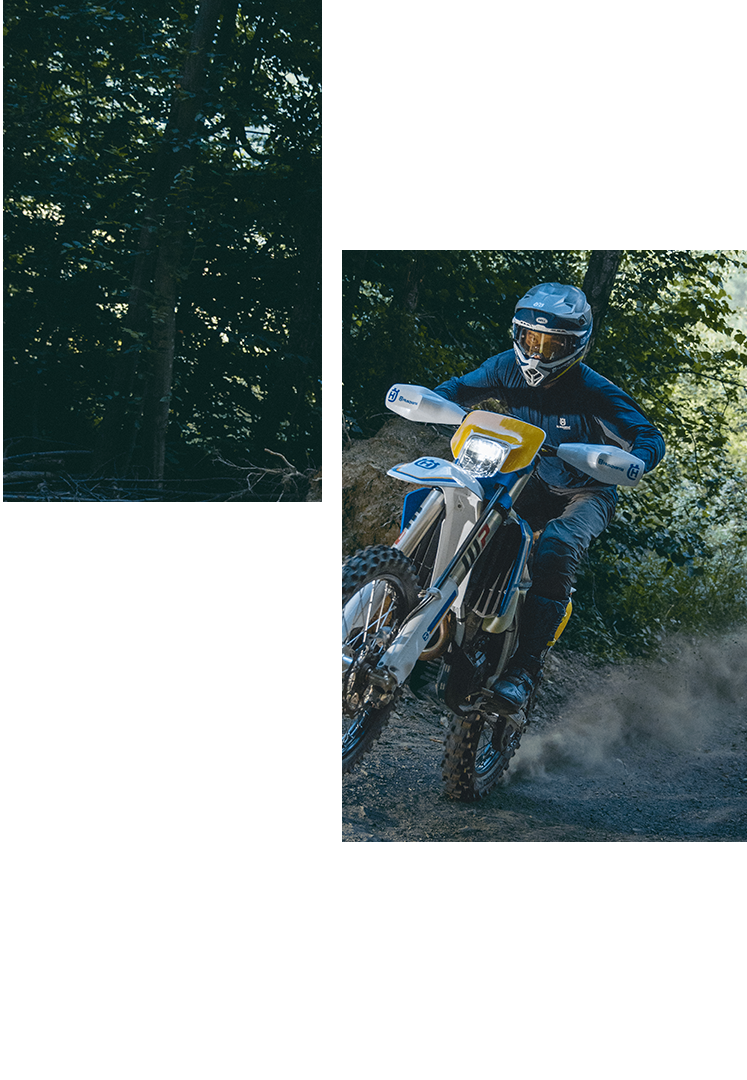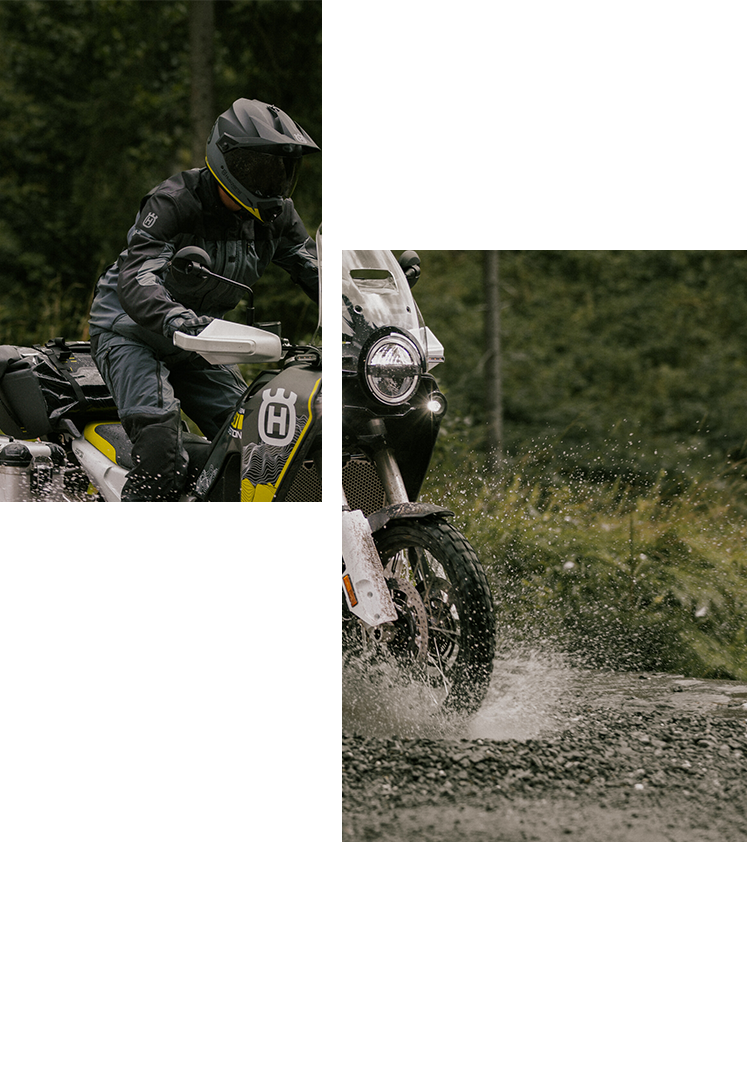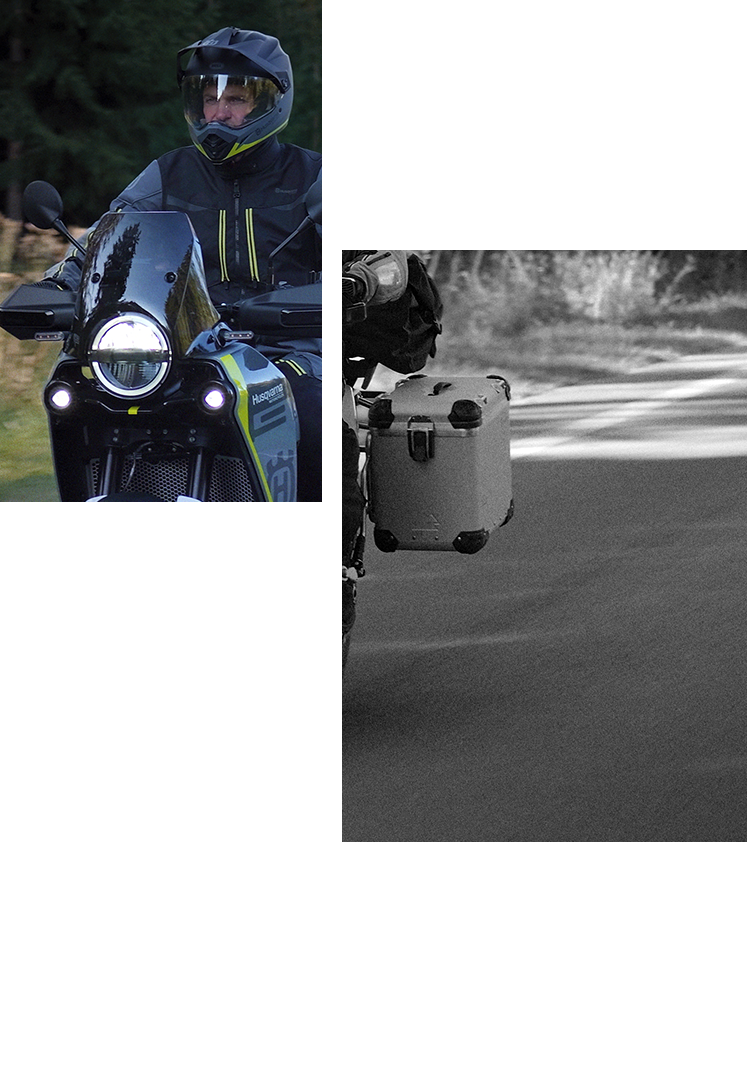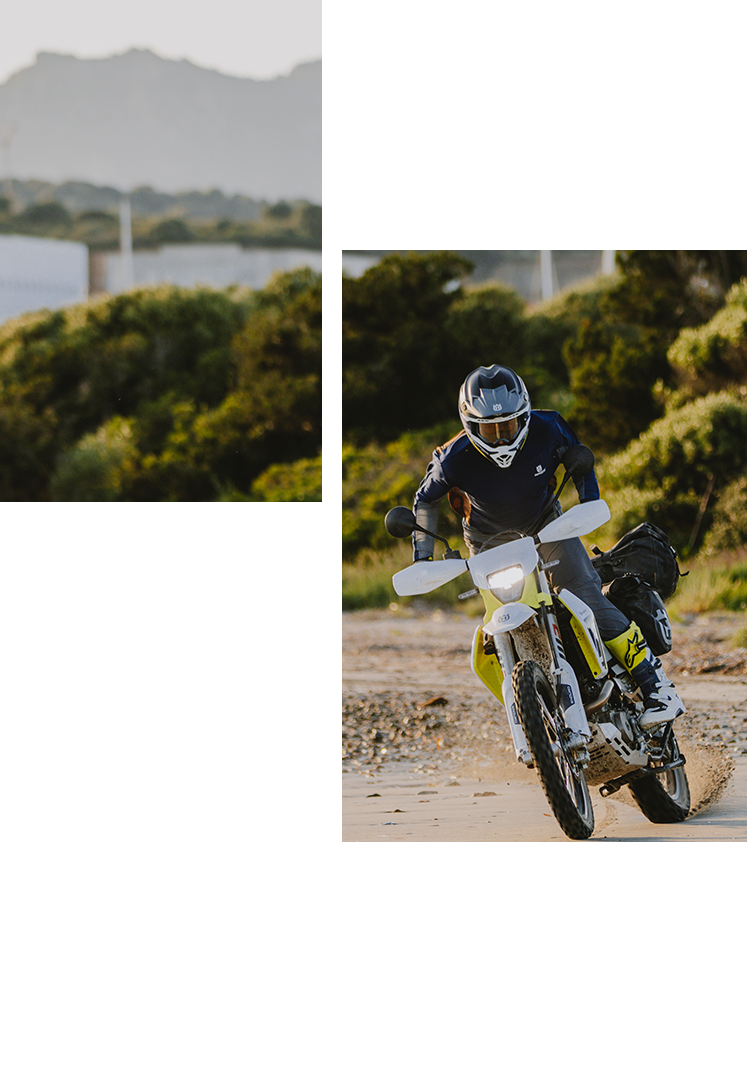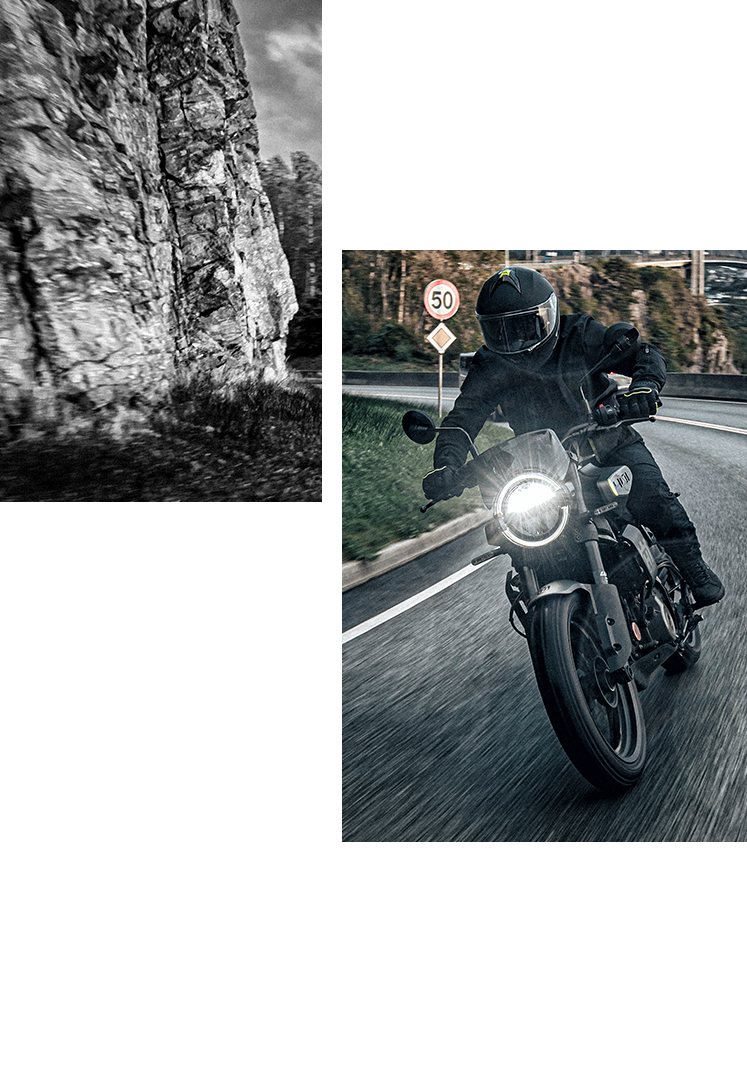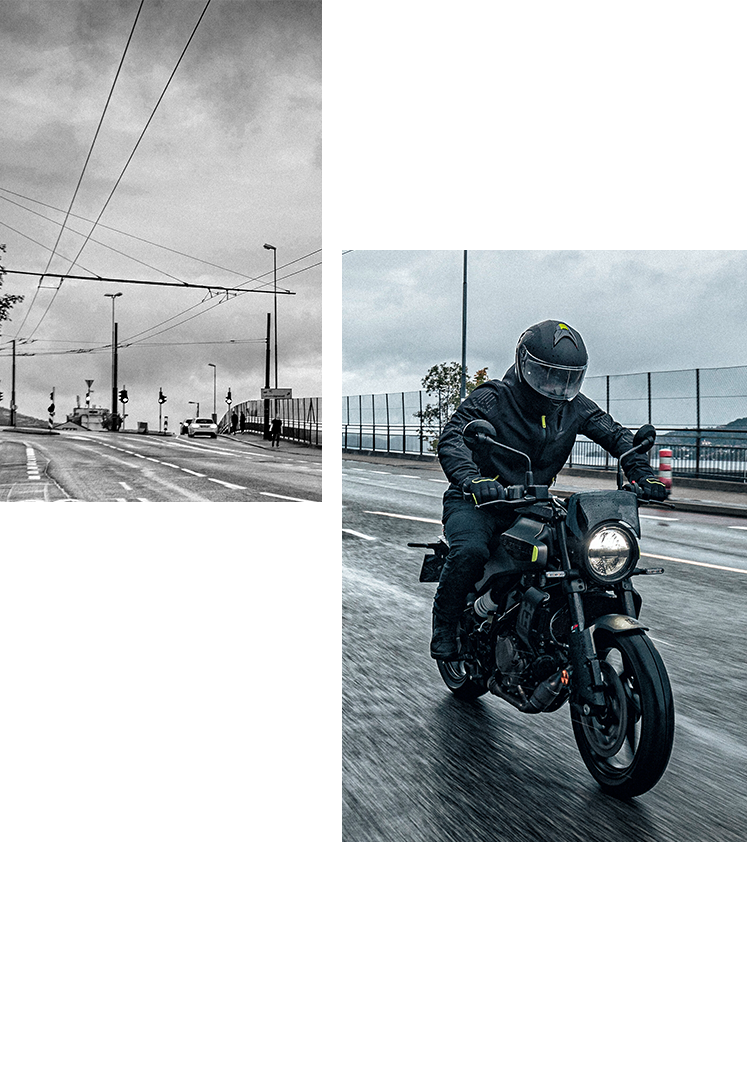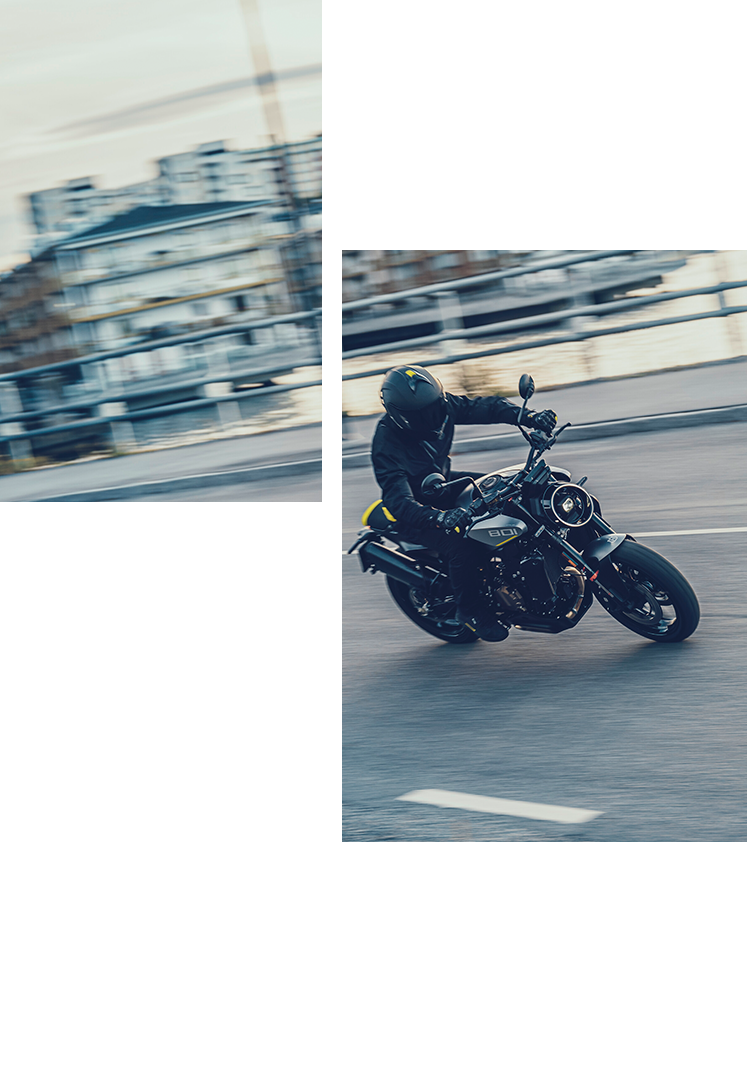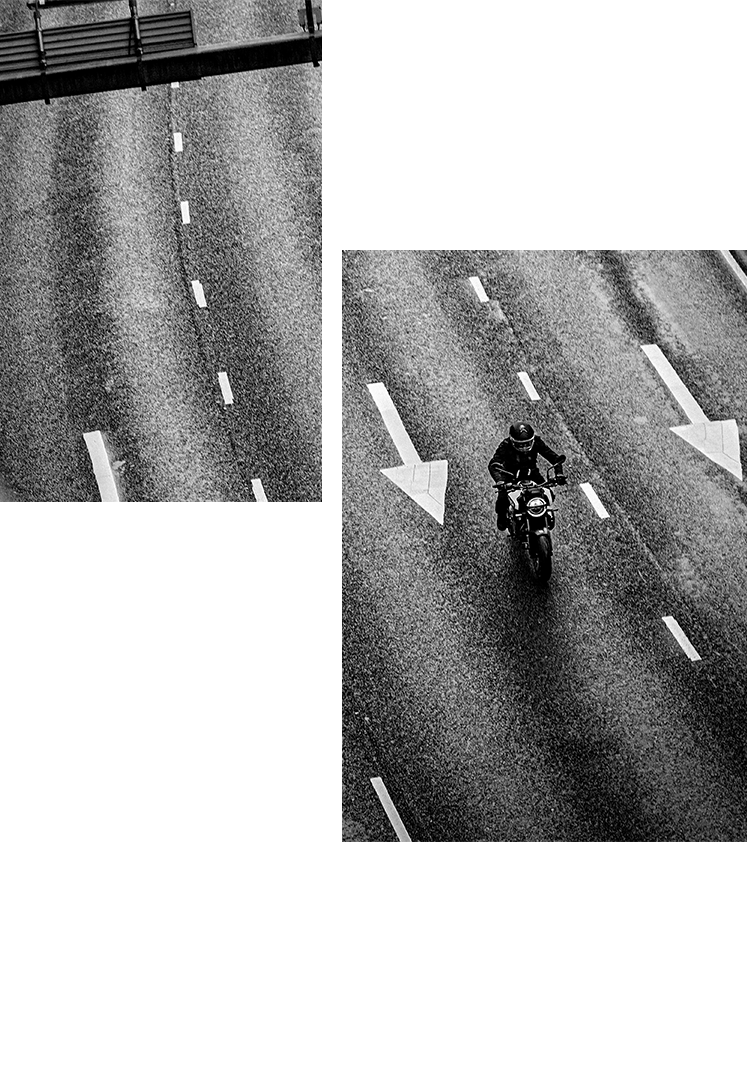Motocross goes to the USA
By Kenneth Olausson
In the 1960s motocross in the USA was a real adventure. World champion Torsten Hallman experienced something quite overwhelming when the American cowboys decided to saddle up and ride motocross instead of horses on the rough tracks. Follow the story of Hallman and Husqvarna when they took the US by storm.
The Swedes dominated motocross in the World Championship during the 1960s. Husqvarna more or less had a firm grip on the titles in both the 500 cc and the 250 cc classes. The toughest competition came from riders from Belgium and Great Britain. In reality the sport originated in the 1920s in England when MX was originally called "scramble". But it was ultimately the Americans who made this grueling motorsport famous all over the world.
In 1966 it was Torsten Hallman, a real ambassador for the sport who crossed the Atlantic after his championship series and effectively introduced motocross to the USA. It was his intention to engage in some PR activities for Sweden's weapons factory with which he had a full time contract. Husqvarna had decided to ship 75 machines to the United States and needed publicity in order to sell them quickly.
Torsten Hallman: “I received an approval from the factory three weeks before my flight was due to leave. The media were writing about this trip and there was even television coverage before I left. This only made it more interesting for me. Flying was nothing new to me but I had never before been away from home for so long. This made it a bit strange to be boarding the plane for the Atlantic flight."
"In the United States there was already an importer who lived on the west coast. His name was Edison Dye and he was to meet me at the airport in San Diego in southern California. However, due to the time difference we had made a mistake and I arrived a day early,” Torsten remembers. “On top if this, the plane was redirected after bad weather prevented it from landing at the airport. When I got off the plane there were soldiers and machine guns everywhere. I knew that the U.S. was a tough country, but wasn't this a bit overdoing it at an airport? Finally, I found out that we had landed at a military base airport and this explained everything.”
After a few days rest it was time for Torsten to make his race debut in the US. His first event was in Jackson in the north of the state of California. It was the first time Hallman had been confronted by the desert and it made a big impression on him even if riding in the sand was nothing new to him. "It felt like being in another world.” Hallman recalled. Then just before the start it started to rain heavily. The small ghost town of Jacksonville was soon transformed to a real mud bath.
Torsten: “I thought it was warm and hot in the U.S. and I hadn’t brought clothing for wet weather riding. A few T-shirts was all I had and shortly before the start I managed to borrow some clothes from another rider so I wouldn’t catch a cold. There were between 200 and 250 riders at the start and when the flag dropped, my engine wouldn't start. This is a nice stunt of PR, I thought. But I kicked it a few times, it fired up and after a while I had passed all the riders except one. It was Dick Mann who was leading the large field and I decided to ride behind this fantastic all-round competitor who had already won most trophies in the country. Then as we approached the finish I went past him big time, since I was beginning to feel cold and didn't want to lose my pace. I won the race with a good margin and Dick was one of those who came to congratulate me.”
The importer was of course was delighted with this result and soon there was a close friendship and business relationship between Hallman and Dye. The press were also rather overwhelmed that this unknown blonde Swede had so much success. Despite the fact that he had won the world championship, motocross was still new to this vast continent. But, as many said, one victory could easily be a coincidence and the Americans were already convinced that the next races would be a different story. They soon had to reconsider. Torsten competed in nine events in the US in the autumn of 1966 and sometimes he raced six heats in a single day. The two biggest events during his trip were the Dirt Diggers Grand Prix and Corregeanville Grand Prix. These races would later be known as the Hopetown events and both had riders competing in the 250 and the 500 cc classes. In Corregeanville there were almost 800 riders on the starting line and the first prize was a check for 800 dollars. When everything was calculated at the end of the two-month period, Torsten had contested nine races and a total of 23 heats. He had won them all and the Swede was now well known all over the country. This was naturally a huge positive promotion for the Husqvarna brand. Suddenly everybody was looking for the Swedish winning machine because surely the victories had a lot to do with the excellent performance of this extraordinary bike! But it was above all Torsten Hallman who was the celebrated hero. Now Hallman & Dye were already talking about coming back the following year for another showdown.
Torsten Hallman had competed with "Husky number one" in USA, the very first Swedish motocross motorcycle to be exported to the USA. The machine was absolutely standard and had come straight off the factory assembly line.
“All the time I kept saying my bike was for some reasons not entirely up to standard,” Torsten remembers, and one day an MX dealer came to me and asked for a test ride after the event was over. He said he wanted to know whether it would be worthwhile to market Husqvarna in his dealership. During all the races I had been able to take it relatively easy at a decent pace because the competition was not very strong. I was therefore able to ‘save’ my machine, which was more or less ready for a major overhaul. In Pepperell, Massachusetts I had to race with a faulty front wheel in the final part of the race but I managed to make it to the finish line and won even though I had slowed down in the last stages. The dealer who tried my machine was totally convinced that my Husqvarna was unique but he soon changed his mind after the rear wheel collapsed when he had only finished half a lap on the motocross track. At the same time he also realized that the clutch was slipping. This dealer subsequently became one of Husqvarna's best salesmen in the US market.




